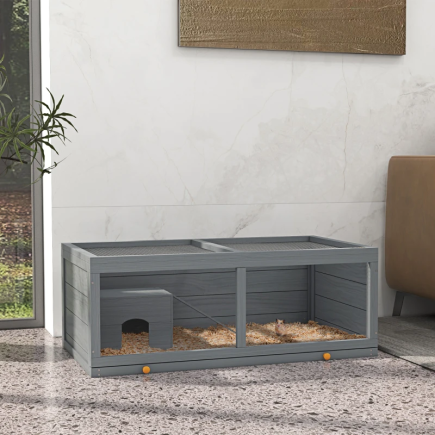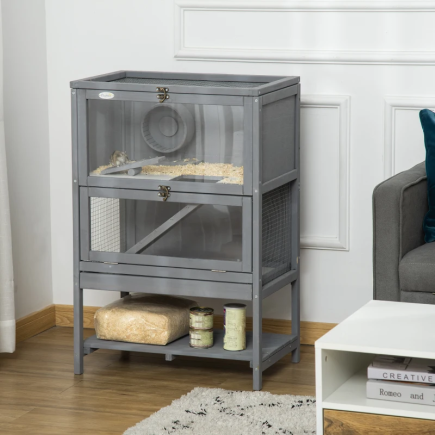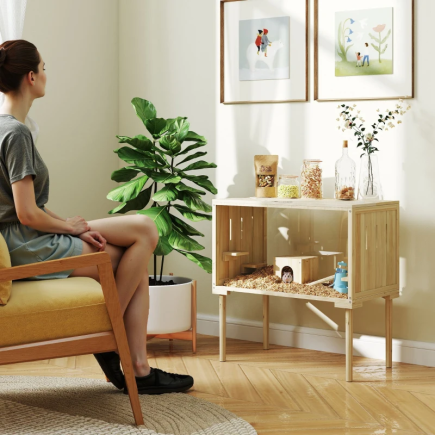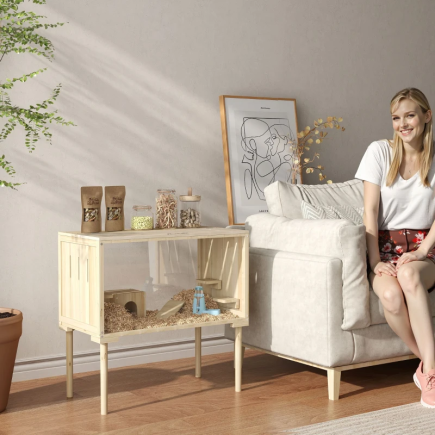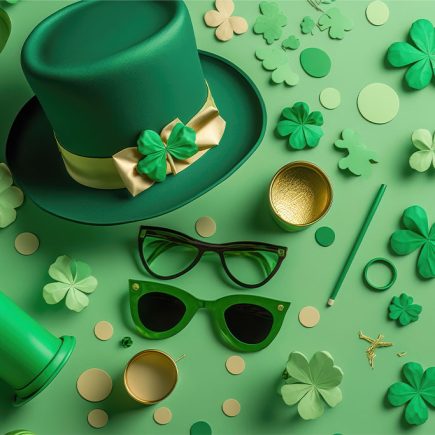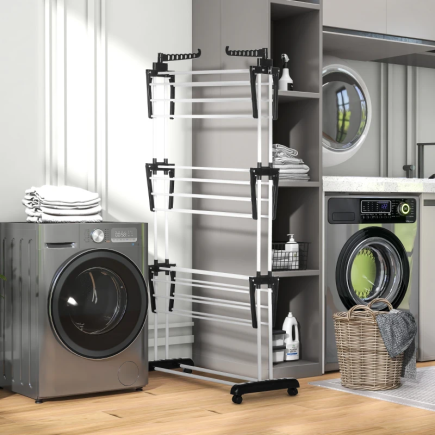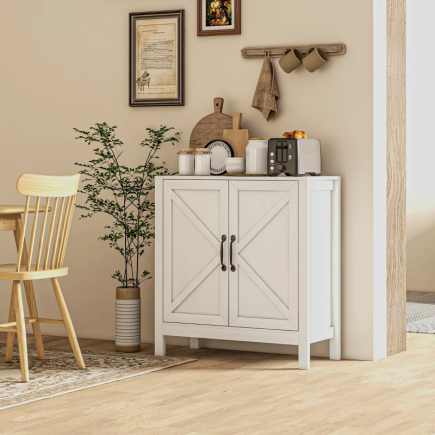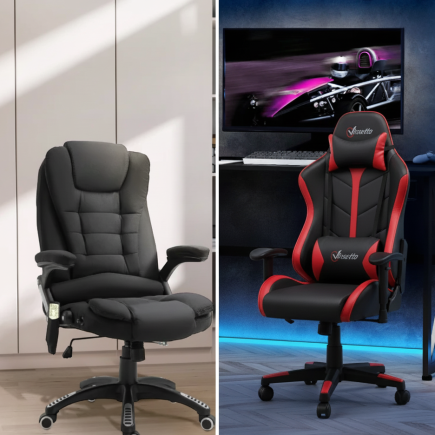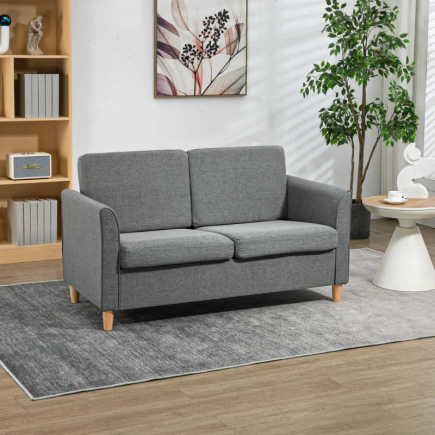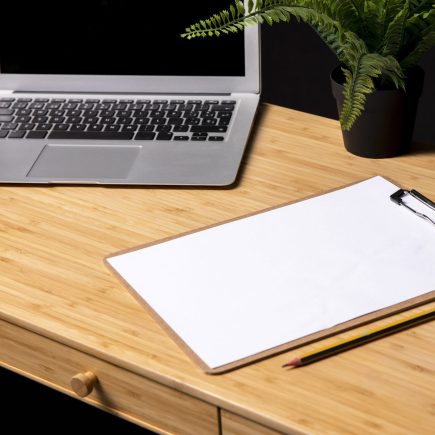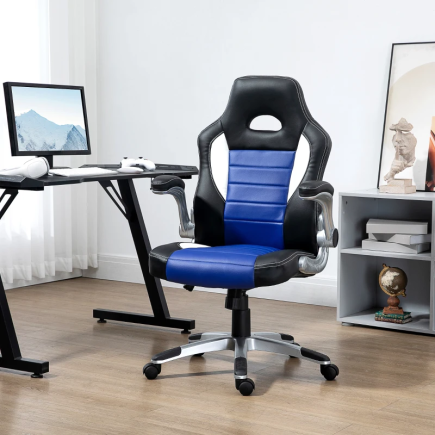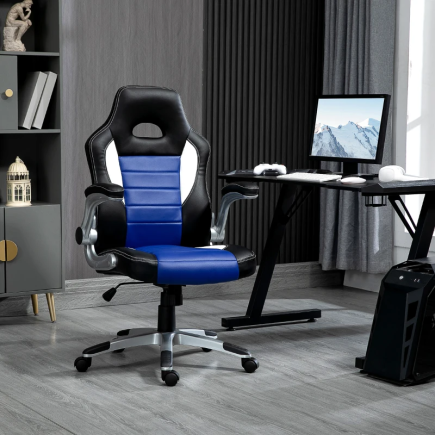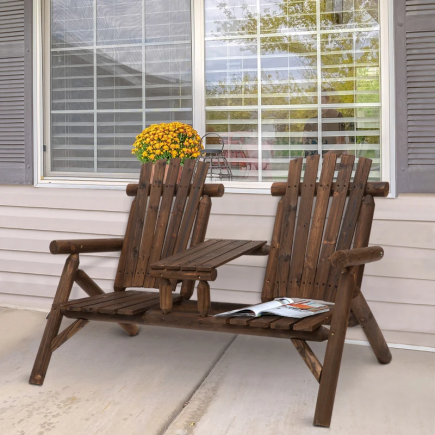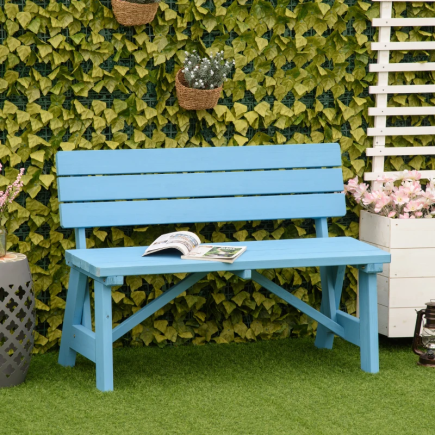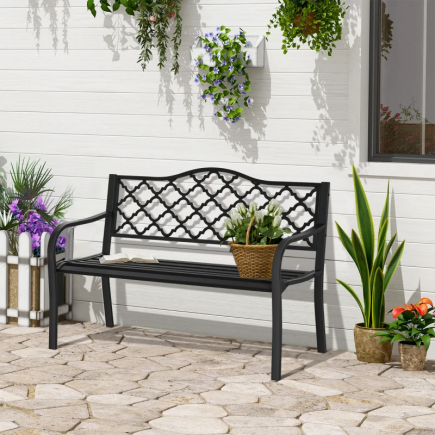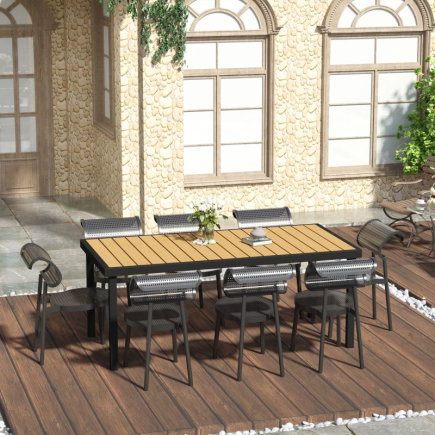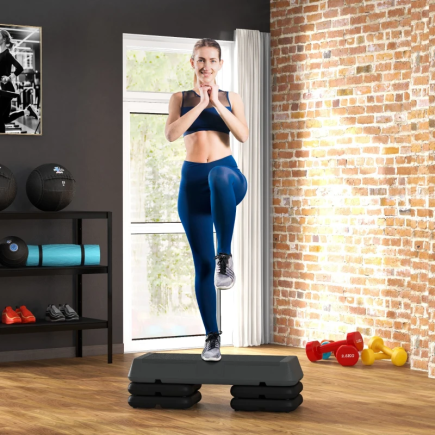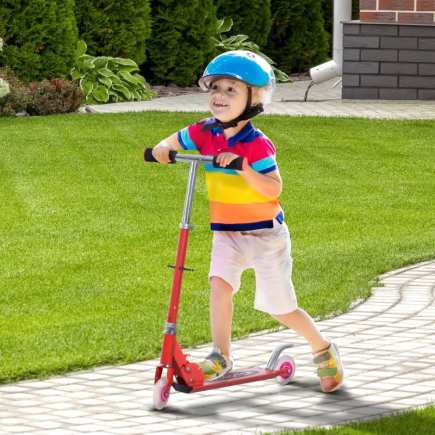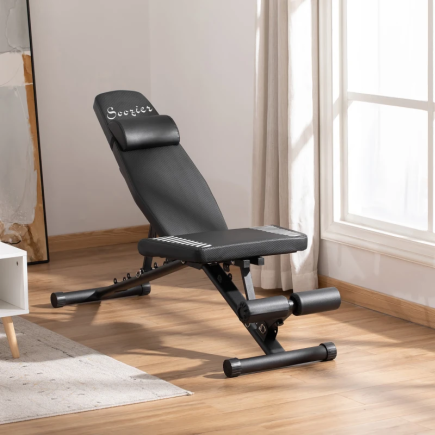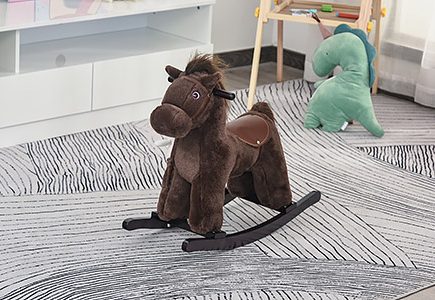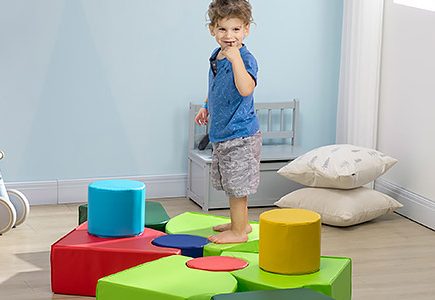Artificial plants have evolved dramatically from their plastic, unrealistic origins. Today’s faux greenery is crafted with fine detailing, lifelike textures, and layered colouring that can easily pass for the real thing. Whether you’re looking to brighten a shaded hallway or fill a large living area, realistic artificial plants offer a low-maintenance way to add nature-inspired beauty to your home.

This guide explores the most realistic types of artificial plants and trees, each with its own unique structure, features, and styling benefits. From tropical palms to delicate flowering trees, we’ll show you how to choose fake plants that look convincingly real.
Palm Trees
Palm Trees are one of the most natural-looking types of artificial plants. Their graceful fronds and airy design help mimic their real-life counterparts effortlessly. Whether placed in a corner or near a window, faux palms bring movement and warmth to a space.

Features
- Feathered leaf edges add texture.
- Colour shifts mimic natural light exposure.
- Adjustable stems offer styling freedom.
- Faux moss base enhances realism.
Best For: Sunrooms, living rooms, or home offices that benefit from vertical greenery and tropical energy.
Ficus Trees
Faux Ficus Trees have a lush silhouette and fine foliage that closely resembles the real plant. With their soft canopy and organic structure, they’re ideal for spaces that need visual depth without overwhelming colour.

Features
- Layered leaves increase fullness.
- Branches bend for natural shaping.
- Trunks mimic soft bark patterns.
- A balanced base keeps the tree upright.
Best For: Entryways, corners, or reading areas where a leafy presence adds comfort and calm.
Banana & Bird of Paradise Plants
These bold tropical species are defined by wide leaves and upright forms. When recreated with care, Banana And Bird Of Paradise Plants bring a sculptural presence to any interior.

Features
- Ribbed leaves create depth.
- Matte surfaces reduce shine.
- Upright growth enhances visual impact.
- Cement-weighted pots add support.
Best For: Open-plan layouts or modern rooms that benefit from dramatic, statement-making foliage.
Bamboo Trees
Artificial Bamboo Trees are tall and structured but lightweight in appearance. Their slim stalks and narrow leaves make them ideal for adding greenery without density.

Features
- Leaf clusters in subtle tones.
- Slender trunks with texture.
- Compact moss-filled bases.
- Arrives shaped for immediate use.
Best For: Minimalist interiors, narrow spaces, or rooms that need an elegant vertical accent.
Eucalyptus Trees
Known for their fresh look and soft colour, Eucalyptus Trees offer a cool, clean aesthetic. Their round leaves and delicate stems translate well into faux versions.

Features
- Pale green leaves with faded edges.
- Sparse layout mimics real growth.
- Thin stems curve naturally.
- Small footprint fits compact spaces.
Best For: Bathrooms, bedrooms, or modern homes where airy, neutral foliage enhances the decor.
Boxwood Topiary Trees
Boxwood Topiary Trees are perfect for structured styling. Their trimmed shapes and thick foliage are well suited to formal interiors or outdoor entryways.

Features
- Uniform ball or spiral forms.
- High-density foliage stays firm.
- UV-resistant for sun exposure.
- Weighted planters prevent tipping.
Best For: Front porches, patios, or symmetrical indoor displays that require shape and order.
Laurel & Olive Trees
These trees bring rustic charm and natural irregularity. Faux Olive Trees often include miniature fruit, while laurel models have soft, tapered leaves for a wild, organic vibe.

Features
- Branches space unevenly.
- Optional olives add detail.
- Bark textures give trunk depth.
- Moss layers hide pot structure.
Best For: Cottage kitchens, Mediterranean-style rooms, or spaces that favour a relaxed, lived-in feel.
Flowering Trees
Artificial Murraya Flowers with blossoms offer a blend of colour and form. When arranged with natural proportions and delicate textures, they offer beauty and softness that’s hard to resist.

Features
- Petals with colour gradients.
- Greenery frames blooms naturally.
- Flexible stems improve realism.
- Decorative potting completes the look.
Best For: Living rooms, entry tables, or seasonal decor where gentle accents are appreciated.
What Makes an Artificial Plant Look Real?
While each type of artificial plant brings its own style, the most realistic ones share certain core qualities. These features help set them apart from low-quality options and ensure they integrate beautifully with real decor.
| Feature | Why It Matters |
| Multi-tone foliage | Captures how real leaves shift with light |
| Natural shape and bend | Avoids stiff, plastic posture |
| Soft textures | Removes unwanted shine or stiffness |
| Weighted bases | Anchors the plant securely |
| Faux moss or soil layers | Completes the visual appearance of live roots |
Plants with these attributes don’t just fill a space, they contribute to it naturally.
How to Match Plant Types with Your Space
Choosing a realistic artificial plant isn’t just about looks. It’s about how the plant fits into your space, lighting, and furniture. Here are some placement tips:
- Small rooms benefit from narrow trees like bamboo or eucalyptus, which provide greenery without bulk.
- Spacious interiors handle large palms, ficus, or banana plants well, especially in corners or open areas.
- Formal spaces such as entryways or hallways suit sculpted topiary and boxwood trees for structure.
- Relaxed or rustic homes are ideal for laurel and olive trees that appear less manicured.
- Need colour? Choose flowering artificial trees for a touch of softness and brightness.
Every plant type can shine in the right setting, think beyond the pot and consider how the shape and tone will balance your room.
Choosing Smart, Living Stylish
Realistic artificial plants combine the aesthetic benefits of greenery with zero upkeep. From airy eucalyptus to structured boxwood or vibrant flowering trees, there’s a style to suit every home and lifestyle. By focusing on quality design, natural details, and the right fit for your space, you can enjoy lifelike foliage all year round.
These carefully crafted faux plants don’t just mimic nature, they elevate your decor with lasting charm and simplicity. Whether you’re outfitting a cozy nook or styling a modern loft, choosing the right Artificial Plants helps bring warmth, texture, and life into your home without a watering can in sight.
FAQs
1. Are there artificial plants that feel real to the touch?
Yes, some high-quality artificial plants are made with soft-touch leaves and silk-blend materials that replicate the feel of natural greenery, offering both visual and tactile realism.
2. Are silk plants more realistic than plastic ones?
Generally, yes. Silk and fabric-blend plants tend to look more realistic than plain plastic due to their ability to hold soft textures, detailed veining, and natural colour variation.
3. What leaf shapes or structures look the most realistic in artificial plants?
Natural-looking artificial plants often have irregular leaf edges, slight curl, and layered arrangements that mimic how real foliage grows, making them appear more believable.
4. Do the size and scale of an artificial plant affect how real it looks?
Yes, choosing the right size for your space is key. Oversized or undersized plants can look fake, realistic plants typically match natural proportions relative to their surroundings.

